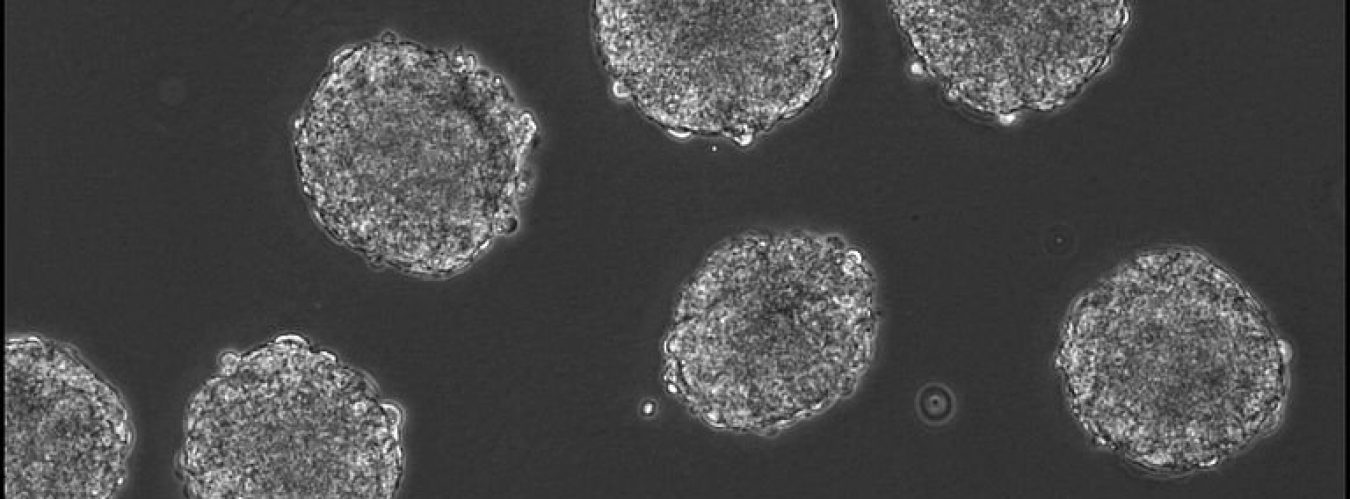As cancer cells develop, they undergo epigenetic changes to promote what’s called “phenotypic plasticity”, which helps them avoid immune cell responses, resist chemotherapy, and invade other tissue in the body. Using a mathematical model, scientists at the Johns Hopkins Kimmel Cancer Center and the Institute for Basic Biomedical Sciences have figured out how to identify the locations of epigenetic changes in the genome, differentiate cancer cells from normal cells, quantify and measure the epigenetic changes of cells’ states (so, how much a particular gene is being activated or deactivated), and figure out how these changes influence their behavior.
“If we understand these processes, we might be able to identify chemical changes that occur only in cancer cells to diagnose cancer better and earlier and predict its behavior, so we can intervene with more targeted therapies. These quantitative approaches must be part of the cure. We can’t understand cancer without them”, says Dr. Andrew Feinberg, MD.
For those who want more in-depth information, here’s a link to the original article:
https://www.science.org/doi/10.1126/science.aaw3835
